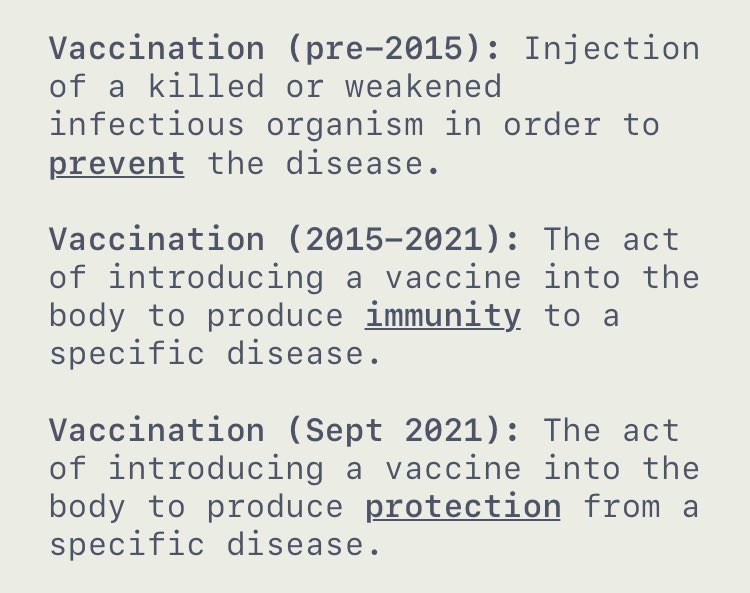Първоначално изпратено от barbaron
Разгледай мнение
Поне да беше си поправил грешката....
Всички данни са същите като в моята таблица, но кви са тия глупости за Русия, дето си написал?
Май ще трябва да помислиш за смяна на дилъра














Коментар